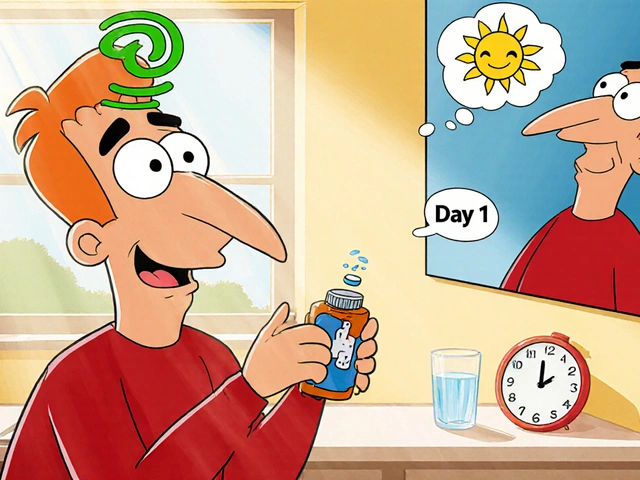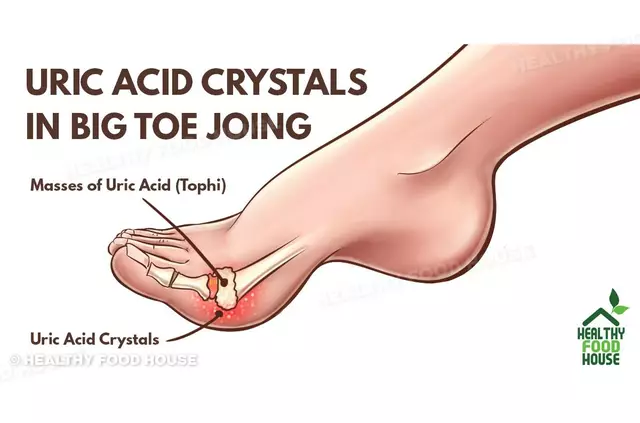Nerve Pain (Neuropathic Pain): What It Feels Like and What to Do
Burning, stabbing, pins-and-needles or electric shocks — nerve pain stands out from ordinary aches. It usually comes from damaged or irritated nerves rather than from muscles or joints. Common causes include diabetes, shingles, chemotherapy, nerve compression (like a herniated disc), and past injuries.
Symptoms often include constant burning, sudden shooting pains, numbness, tingling, and heightened sensitivity where even light touch hurts (allodynia). Some people also notice weakness in the area or loss of balance when feet are affected. Keep a simple pain diary for a few days: note time of day, triggers, what helps and what makes it worse. That gives your doctor useful clues.
Diagnosing nerve pain usually starts with a focused history and exam. Your provider may order blood tests, nerve conduction studies, or imaging when the cause isn’t clear. Identifying the underlying condition (like uncontrolled blood sugar for diabetic neuropathy) makes treatment more effective than just masking symptoms.
Fast ways to ease nerve pain
First-line medicines for neuropathic pain include gabapentin or pregabalin, SNRIs such as duloxetine, and tricyclic antidepressants like amitriptyline. Topical options — lidocaine patches or high‑strength capsaicin cream — can reduce local pain with fewer systemic side effects. Over-the-counter NSAIDs often help little for nerve pain, so relying on them alone usually isn’t enough.
Try simple self-care measures at home while you work with your clinician: control blood sugar if you have diabetes, wear supportive shoes and protect numb feet, use cold packs for sharp flare-ups or warm baths to ease muscle tension. Avoid alcohol and nicotine, since both can worsen nerve damage over time. If you take antidepressants or other meds, check for interactions before adding anything new.
Non-drug options deserve attention. Physical therapy can retrain movement and reduce pressure on nerves. TENS units sometimes help short-term. Cognitive behavioral therapy, graded exercise, acupuncture, and nerve blocks are useful for many people, especially when combined with medication.
When to see a doctor
See a clinician right away if you have sudden weakness, loss of bladder or bowel control, fever with worsening pain, or rapidly spreading numbness. Also get checked when pain worsens despite treatment, or if medicines cause troubling side effects like severe drowsiness, mood changes, or breathing problems.
If you want quick, relevant reads on treatments and alternatives, check our posts like "10 Alternatives to Neurontin in 2025" for other meds, "Rasagiline and Pain Management" for Parkinson’s-related pain insights, and practical guides on topical options and safety. Each article gives straightforward info you can bring to your next appointment.
Nerve pain can be stubborn, but many people get meaningful relief by combining the right meds, targeted self-care, and rehab approaches. Keep notes, ask clear questions at visits, and don’t accept needless limits; better control is often within reach.




